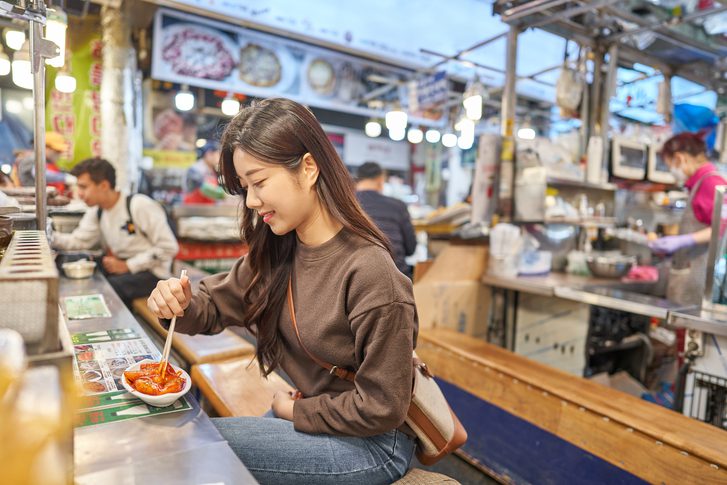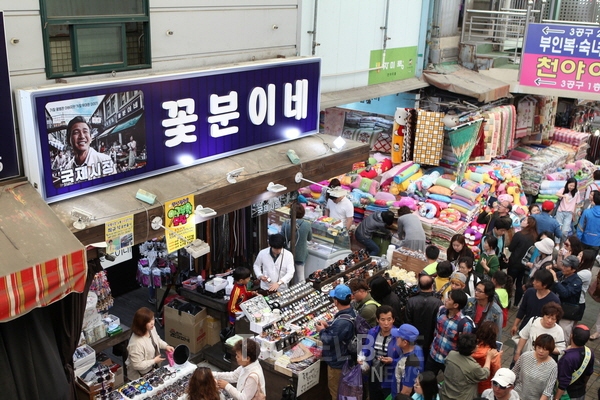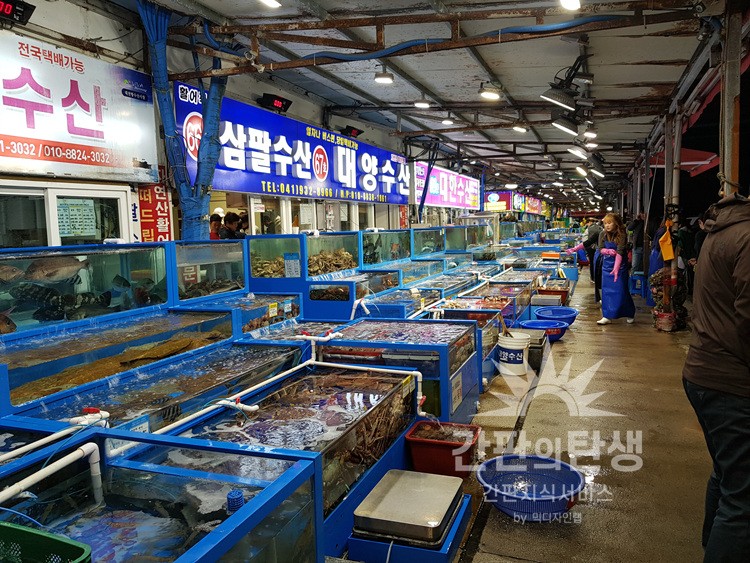
Unique Experiences for Foreigners: Touring Korean Fish Markets
Today, I’d like to introduce an activity that offers a unique and fun experience in Korea – a tour of Korean fish markets. Korean fish markets are renowned for their variety of fresh seafood that you can look at and taste. It’s especially a great opportunity for foreigners. Join us on a fish market tour to enjoy the diverse food culture and cultural experiences of Korea.

The Charm of Korean Fish Market Tours
Korea is famous for its unique culture and various tourist attractions, but one of the most attractive experiences for foreigners visiting Korea is definitely the fish market tours. There are numerous fish markets in Korea where you can purchase fresh seafood and enjoy it like a local. In this post, we’ll introduce the charm of Korean fish market tours, including preparation and tips before visiting, introducing representative fish markets, methods of exploring the market like a local, exploring special seafood delicacies, experiencing unique seafood, understanding the culture and history of the fish market, bargaining skills, how to make a shopping list, and sharing visit reviews and recommendation points.
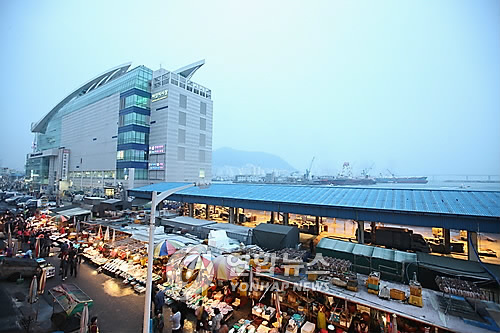
Preparation and Tips Before Visiting
There are a few preparation and useful tips before visiting the Korean fish markets.
Firstly, it’s recommended to wear comfortable shoes and clothes for exploring the market, as fish markets can be crowded and complex places. Comfort is very important. Secondly, it’s good to prepare cash. Some fish markets may not accept card payments, so it’s safer to carry cash. Thirdly, if you’re not proficient in English, using a translation app or dictionary can help with communication.
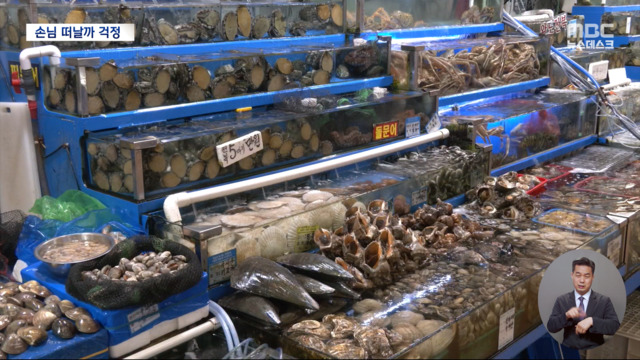
Introducing Representative Fish Markets: Seoul, Busan, Jeju
Korea has many representative fish markets. Among them, Seoul, Busan, and Jeju are the most famous and are frequented by many tourists. In Seoul, Noryangjin Fish Market is a representative fish market known domestically and internationally as a large fish market with a variety of fresh seafood and restaurants, attracting a lot of attention. In Busan, there are the International Market and Jagalchi Market, and in Jeju, there are Seogwipo Market and Jeju City Market. These fish markets are popular for their unique atmosphere and fresh seafood.

Exploring the Market Like a Local
To enjoy the Korean fish market like a local, there are a few tips and methods.
Firstly, it’s good to walk around the market leisurely like the locals. If you rush through the market, you might miss out on delicious food or special seafood. Secondly, communicating with the locals is also important. Even if you don’t speak Korean well, being able to say simple greetings and words of thanks can facilitate communication with the locals. Lastly, following the recommendations of locals is a good method. Locals know the best shops and restaurants they frequent, so following their recommendations can lead you to delicious food.

Specialties of the Fish Market: Exploring Delicacies
You can enjoy a variety of delicacies at Korean fish markets. Notably, king crabs, sashimi, grilled clams, and seafood stews are among them. King crab is loved by many for its size and flavor, and you can taste fresh king crab at Korean fish markets. Fresh sashimi is also a popular menu item at these markets. Made with fresh fish, the sashimi offers a good texture and taste, sought after by many tourists. Additionally, you can enjoy various seafood dishes and experience Korea’s diverse food culture.
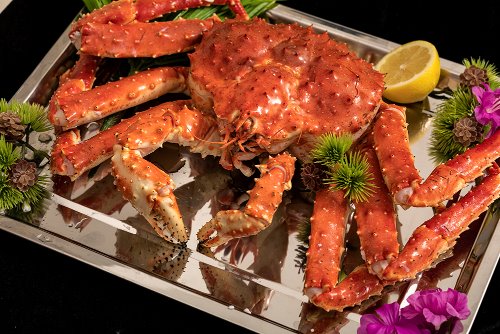
Encountering Unique Seafood at the Market
At Korean fish markets, you can encounter a wide variety of unique seafood. For example, at Jeongdongjin restaurants, you can taste fresh seafood visible through an underwater tunnel. You can enjoy fresh king crab, crab meat, and squid, especially famous for their flavor caught in Jeongdongjin. Also, you can find various seaweeds like seaweed, kelp, and sea mustard at Korean fish markets. These seaweeds are important ingredients in Korean cuisine and are loved by many for their rich nutrients.
Understanding the Culture and History of the Fish Market
Korean fish markets have their unique culture and history. For instance, Noryangjin Fish Market, established in 1927, is Korea’s largest fish market with historical value. It has played an important role as a major food distribution center in the metropolitan area since the Korean War and remains a popular tourist spot today. Fish markets also offer cultural experiences related to Korea’s diverse food culture. Here, you can enjoy everything from traditional Korean restaurants to street food and experience the diverse food culture of Korea.
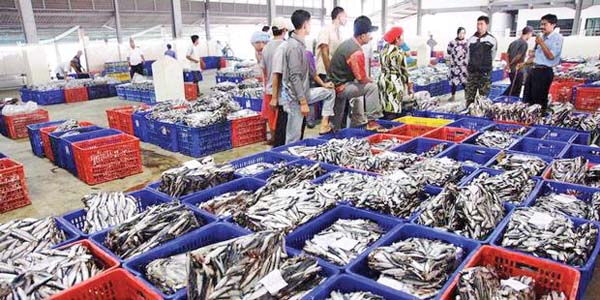
The Art of Bargaining: Communicating with Locals
Bargaining is a common culture in Korean fish markets. It is a skill that allows you to negotiate prices to purchase items more affordably. Even if you are not fluent in Korean, simple expressions and gestures can facilitate bargaining. For instance, you can request, “Please make it a little cheaper,” or “Could you lower the price?” Additionally, having friendly conversations and showing interest in locals can aid in bargaining. Bargaining makes the shopping experience at Korean fish markets more fun and interesting.
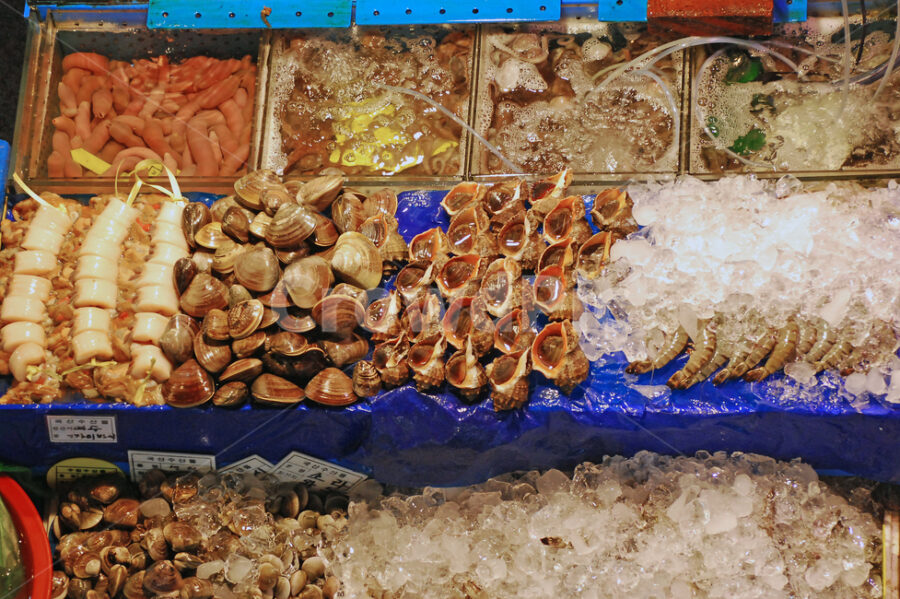
How to Make a Shopping List for the Fish Market
When visiting a Korean fish market, it’s beneficial to plan in advance what you want to purchase. Creating a shopping list is helpful for this purpose. A shopping list should include the types and quantities of seafood you desire, helping to avoid confusion and ensuring you buy what you want at the market. For example, your shopping list could include items like one king crab, 500g of sashimi, and a pack of grilled clams. With this prepared shopping list, you can quickly and conveniently purchase your desired items at the fish market.
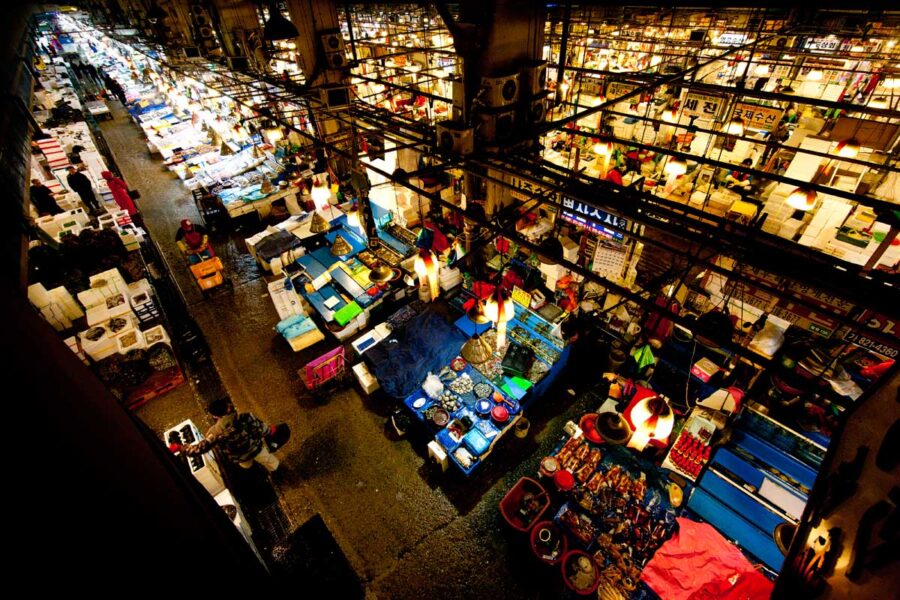
Sharing Your Visit to a Korean Fish Market and Recommended Highlights
It is beneficial to share your experiences and recommend highlights after visiting a Korean fish market. Writing reviews on social media or travel review sites and sharing photos can help others. In your review, you can provide detailed descriptions of the market’s atmosphere, delicious foods, and bargaining experiences, along with recommended highlights. Additionally, referring to others’ reviews can guide you in exploring various fish markets and enjoying new experiences.
Such posts offering diverse information and tips about touring Korean fish markets are valuable for foreign tourists. They not only provide useful information but also help promote the diverse culture of Korean fish markets. A tour of Korean fish markets, where you can enjoy unique experiences and delicious foods, is definitely one of the recommended experiences to try in Korea. 🐟🦀🍣


